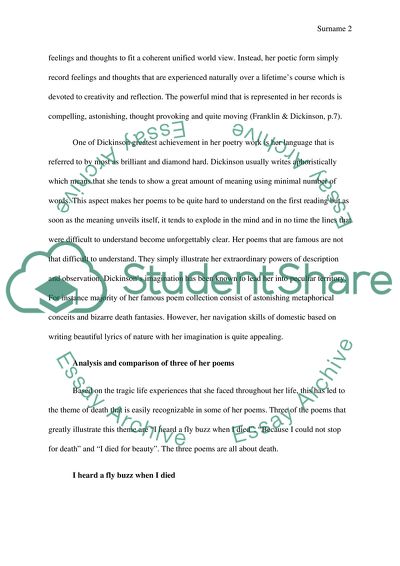Cite this document
(Thematic Peculiarities of Emily Dickinson Poems Essay, n.d.)
Thematic Peculiarities of Emily Dickinson Poems Essay. https://studentshare.org/literature/1810168-literary-analysis-of-emily-dickenson-poems
Thematic Peculiarities of Emily Dickinson Poems Essay. https://studentshare.org/literature/1810168-literary-analysis-of-emily-dickenson-poems
(Thematic Peculiarities of Emily Dickinson Poems Essay)
Thematic Peculiarities of Emily Dickinson Poems Essay. https://studentshare.org/literature/1810168-literary-analysis-of-emily-dickenson-poems.
Thematic Peculiarities of Emily Dickinson Poems Essay. https://studentshare.org/literature/1810168-literary-analysis-of-emily-dickenson-poems.
“Thematic Peculiarities of Emily Dickinson Poems Essay”. https://studentshare.org/literature/1810168-literary-analysis-of-emily-dickenson-poems.


